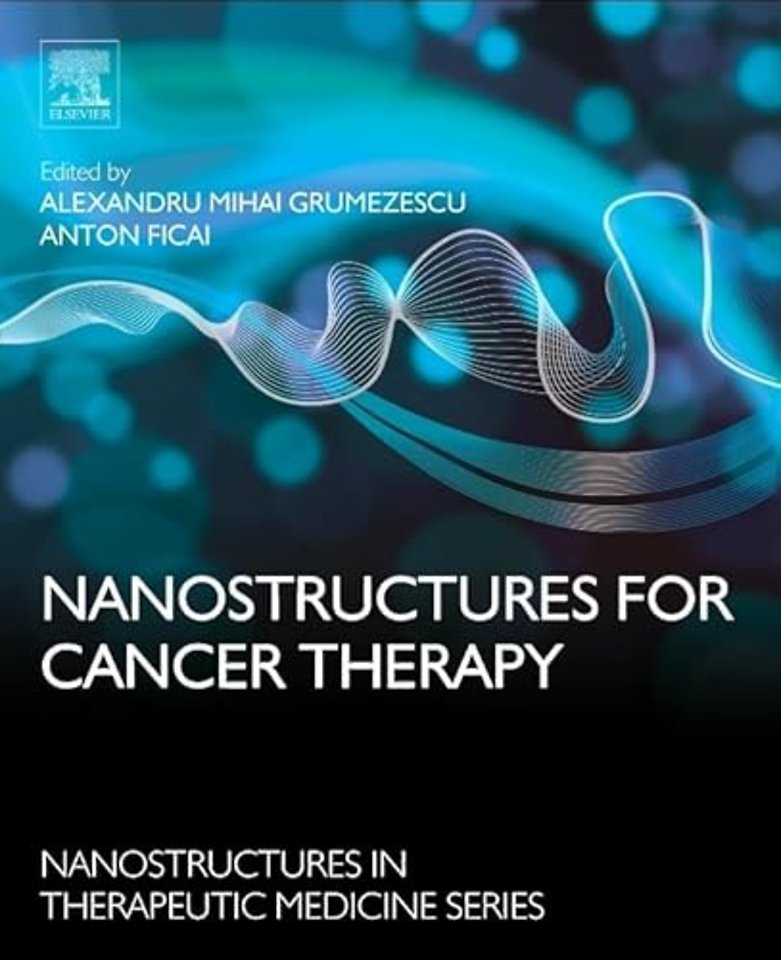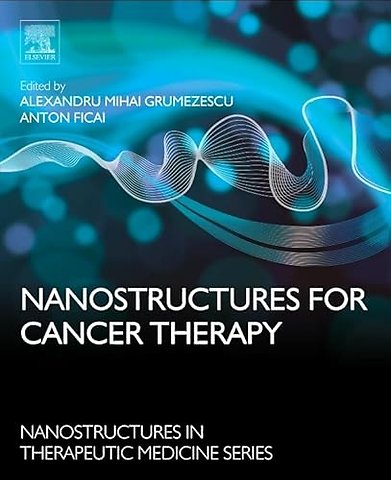<p>1. Nanotechnology for personalized medicine: cancer research, diagnosis, and therapy<br>2. Bioengineered nanomaterials for chemotherapy<br>3. Biofunctionalized nanomaterials for targeting cancer cells<br>4. Improving chemotherapy drug delivery by nanoprecision tools<br>5. RIPL peptide as a novel cell-penetrating and homing peptide: design, characterization, and application to liposomal nanocarriers for hepsin-specific intracellular drug delivery<br>6. Progress of nanoparticles research in cancer therapy and diagnosis<br>7. Interfacial engineering of nanoparticles for cancer therapeutics<br>8. Nanotechnological approaches toward cancer chemotherapy<br>9. Cancer therapies: applications, nanomedicines and nanotoxicology<br>10. Multifunctional polymeric micelles as therapeutic nanostructures: targeting, imaging, and triggered release <br>11. Recent advances in diagnosis and therapy of skin cancers through nanotechnological approaches<br>12. Design of nanoparticle structures for cancer immunotherapy<br>13. Recent advances of folate-targeted anticancer therapies and diagnostics: current status and future prospectives<br>14. Anticancer efficiency of curcumin-loaded invertible polymer micellar nanoassemblies<br>15. Dose enhancement effect in radiotherapy: adding gold nanoparticles to tumor in cancer treatment<br>16. Silver-based nanostructures for cancer therapy<br>17. Ligand-decorated polysaccharide nanocarriers for targeting therapeutics to hepatocytes<br>18. Targeted delivery of anticancer drugs: new trends in lipid nanocarriers<br>19. Nanoparticles for magnetic hyperthermia<br>20. Nanotechnology: a challenge in hard tissue engineering with emphasis on bone cancer therapy<br>21 Combination therapy of macromolecules and small molecules: approaches, advantages, and limitations<br>22. Nanosized drug delivery systems as radiopharmaceuticals<br>23. Mesoporous silica nanoparticles: a promising multifunctional drug delivery system<br>24. Cancer therapies based on enzymatic amino acid depletion<br>25. Self-emulsifying delivery systems: one step ahead in improving solubility of poorly soluble drugs<br>26. Near-infrared light-responsive nanotherapeutic agents: application in medical oncology<br>27. Current aspects of breast cancer therapy and diagnosis based on a nanocarrier approach<br>28. Natural plant-derived anticancer drugs nanotherapeutics: a review on preclinical to clinical success<br>29. Nanotherapy: a next generation hallmark for combating cancer<br>30. Nanostructures for cancer therapy: from targeting to selective toxicology</p>

